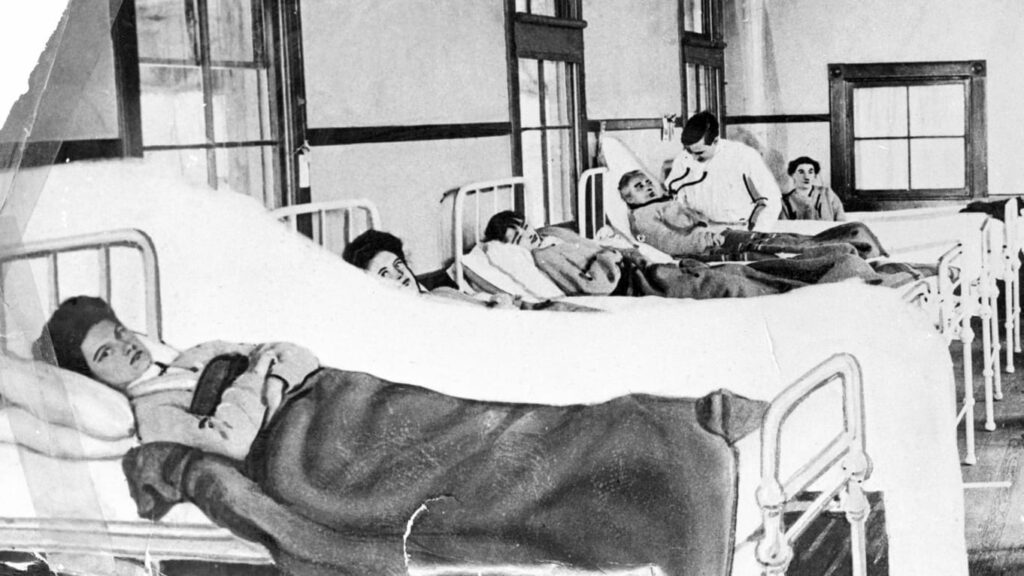A Controversial Release: The Story of Typhoid Mary Mallon's First Period of Isolation
On February 19th, 1910, a momentous event happened in the history of public health – Mary Mallon, otherwise known as “Typhoid Mary” due to her association with numerous outbreaks of typhoid fever throughout New York City, was released from her first period of forced quarantine. This controversial decision not only stirred up questions about personal rights vs. public safety but also became a significant turning point for the field of epidemiology – ultimately introducing new methods for combating disease.
Mary Mallon was an Irish immigrant who had previously worked as a cook for various families in the area. In 1907, officials discovered that six people she had cooked for became infected by typhoid fever despite none of them having traveled to any known places where it was present and began pursuing an investigation into who was responsible. She was eventually apprehended months later and sent to North Brother Island, a small island off the coast of NYC reserved primarily for individuals with infectious diseases deemed too hazardous to live amongst others at the time.
No Choice But Quarantine
Mallon fought back against authorities' accusations claiming that she had done nothing wrong and repeatedly tried escaping her quarantine every chance she got. As a result, she faced increased surveillance and court proceedings which eventually led to her being held indefinitely and denied all contact from the island.
Nevertheless, after three long years on North Brother Island, Mallon suddenly saw her circumstances change when it was determined that she must be released. Naturally, this caused much controversy amongst health professionals who were worried about public safety if she was allowed back into society without further precautionary measures since she hadn't shown any signs or symptoms associated with typhoid fever herself during those years.
Resistance Becomes Compliance
In lieu of this changed outcome, authorities began monitoring Mallon closely, including regular checkups with officials explicitly assigned to her case until 1932, when they finally received permission from their superiors to restrict passage in and out of certain establishments where they found evidence linking Mallon to past issues; which included near-daily injections with arsenic compounds that were said to help suppress active infections yet were ultimately unsuccessful in doing so as a number more outbreaks kept occurring after her release.
The Legacy Lives On
Despite this tumultuous sequence of events and resulting negative reputation, there can be no denial that Mary Mallon opened up a whole new way for scientists and physicians alike to understand infectious diseases – introducing ideas around how we erase potential networks through isolation as well as how best to track their spread throughout populations far and wide. To this day, many professors in fields such as epidemiology pay homage by teaching their students about Typhoid Mary, while others have gone one step further by honoring her memory through awards given out annually at conferences dedicated solely towards researching tuberculosis, showing us all just how even our most polarizing figures can end up leaving behind positive legacies over time!

